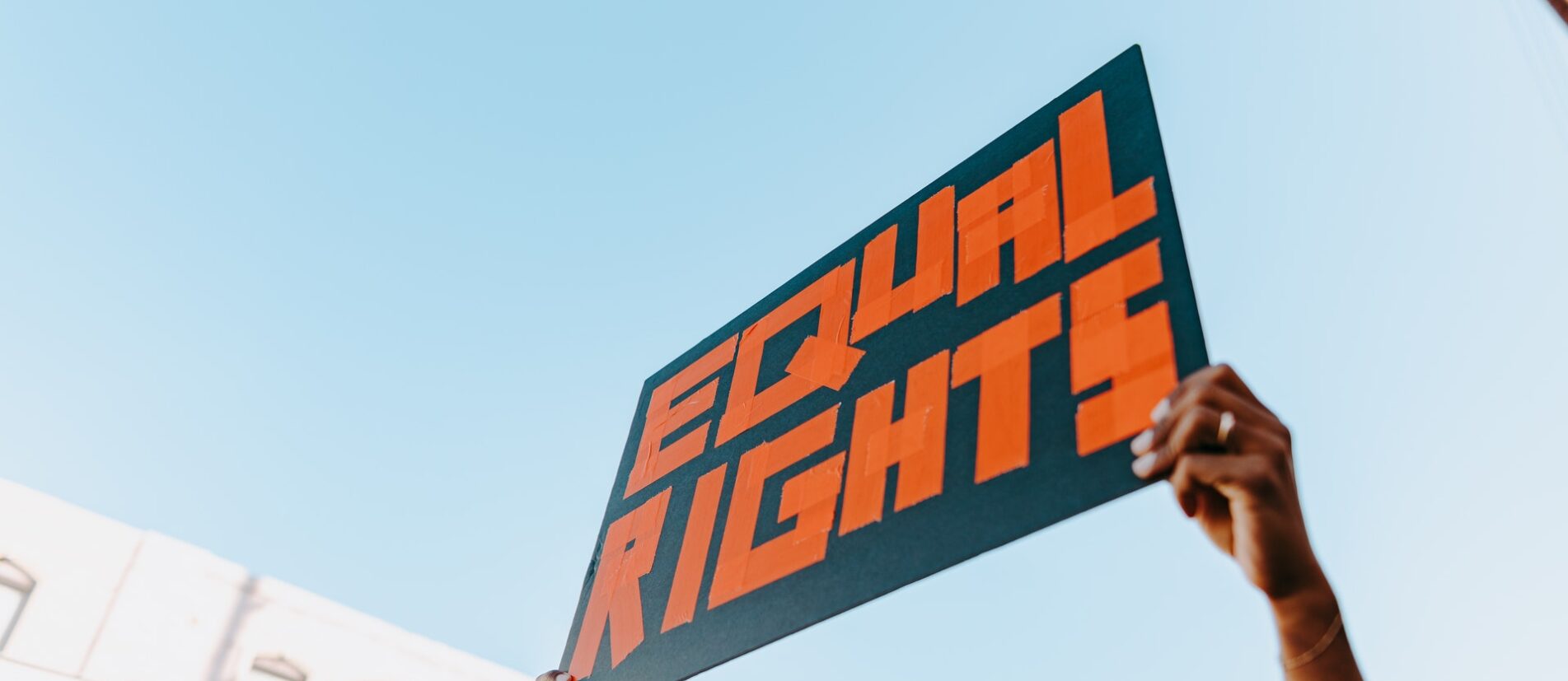
What can you do about institutional racism? And, how to fight it? The vicious cycle takes a toll on individuals and society. Here is an overview of this common form of discrimination that affects the black community.
What is institutional racism?
Institutional racism, also known as systemic racism, is maintained by the policies and power structures that have their roots in white privilege.
Interpersonal racism shows up in the individual biases we hold for and against others based on race. On the other hand, institutional racism is embedded into the structures of our society. This leads people of different races to have different outcomes when it comes to housing, employment, health, finance, and education.
How does institutional racism affect the US?
Nora V. Demleitner, a professor of law at Washington and Lee University in Virginia, focuses her research on criminal justice and higher education. She tells Health that institutional racism is still ex in the United States across every sector:
1.Education
Schools attended primarily by black people are underfunded. This happens because school funding is based on property values and residential taxes. Also combines with racial segregation in housing. Predominately white districts spend over $2000 more per student than districts where the majority of students are of color.
2.Housing and health care
In 2017, the Urban Institute reported the homeownership rate for white households was 71.9% while the rate for black households was just 41.8%.
More importantly, a higher incidence of poor physical and mental health outcomes is caused by,
- Faced with high crime,
- damaged housing stock, and
- the stress and marginalization of poverty,
- residents of impoverished neighborhoods
3. Law and policing
Black people are roughly five times as likely as whites to report having been unfairly stopped by police, Pew Research Center says. Black Americans are also more likely to suffer,
- the ill effects of racial profiling
- stereotyping a person based on assumed characteristics or
- the behavior of a racial or ethnic group, rather than on individual suspicion.
- post-traumatic stress disorder and other stress-related disorders.
4. Finance
Economically based discrimination goes hand-in-hand with institutional racism. For example, business loan officers will require black applicants to have higher credit scores and income levels than white applicants. It’s not surprising, then, that more than half of black business owners have their loan applications rejected, according to data from the Federal Reserve.
5. Politics
As recent as the 2020 presidential election, some state elected officials denied early and mail-in voting. Also, according to the state’s numbers, in North Carolina, black voters’ ballots were rejected more than three times the rate of white voters.
How to fight institutional racism?
Both public and private organizations have been taking a hard look at their policies and finding ways to reimagine everything like,
- creating fairer hiring
- recruitment guidelines
- working with minority-owned businesses
- changing how the government spends its funds.
Civil rights groups, such as the NAACP, and lawmakers nationwide have called for changes in police policies. So that they don’t target black people more than white people.
Moreover, institutional racism harms society. It crushes innovation and creates an environment that breeds unhealthy stress. So, it’s not good for individuals, and it’s not good for businesses from a mental health viewpoint.
In other words, if institutional racism continues as status quo, those affected will continue to be a part of a cycle of despair. Schick believes America can combat institutional racism by making the following changes:
- Don’t stop with one black friend and think you know enough about the black experience. Because one person does not represent an entire group of people.
- Go to town halls, school board meetings, and other places people are discussing solutions. Protests and books are great for creating awareness, but we have an awareness now. It’s time for solutions at every level.
- Speak up when you see changes that can be made. Sometimes the change is in a policy. At other times, it’s a small as an individual’s behavior.
“And perhaps that is where it begins—with pure intention. Adding courage and action, big changes can occur. But we likely have to do some deep soul searching first and accept that it’s going to be uncomfortable. Nevertheless, this is where we must begin. Again.”
Read more about Institutional Racism on Health.com


